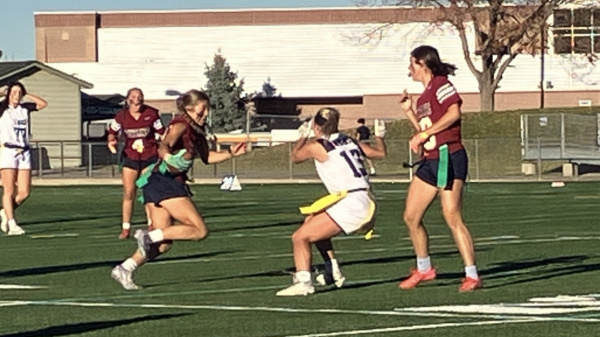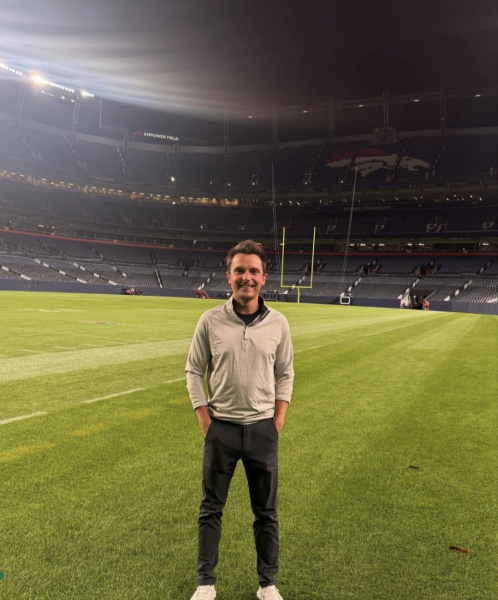Community college sports teams fit better in rural institutions
Cam Newton, Albert Pujols, Steve Smith Sr. and Shawn Kemp have something in common. Before they became famous professional athletes, they were roaming the halls of their respective junior, or community, colleges.
Though community colleges in some states field football, basketball and other teams, that probably is not in the cards for the metro-area members of the Colorado Community College System, according to Joe Marquez, manager of CCCS community and media relations.
It’s a matter of money and priorities.
Though ACC hosted a baseball team from 2005-2008, the Arapahoe Coyotes program was dropped because of the failure to find consistent funding for transportation and all the other baggage that follows many sports programs.
“The commuter colleges are not prohibited from the system office to have sports teams,” Marquez said. It’s just that the conditions are not favorable.
But away from the metro area, it’s a different story. Here are facts – little known in the metro area – about some of ACC’s sister colleges, posted on their websites:
• Northwestern Community College of Rangely and Craig is a member of the National Junior College Athletic Association It has a rodeo team (men and women). The Spartans also have two more men’s sports (baseball and basketball) and three more women’s sports (basketball, softball and volleyball). The college has some on-campus housing.
• Otero Junior College of LaJunta has rodeo (men and women) and golf (men and women). The Rattlers, members of the NCJAA, also have two other men’s sports (baseball and soccer) and four other women’s sports (basketball, soccer, softball and volleyball). OCC has some on-campus housing.
• Northeastern Community College of Sterling, a member of the NCJAA, has four men’s teams (baseball, basketball, golf and soccer). The Plainsmen also have four women’s teams (basketball, golf, softball and volleyball). NCC has some on-campus housing.
• Lamar Community College has rodeo (men and women) and golf (men and women). The Runnin’ Lopes, members of the NJCAA, also have two more men’s teams (baseball and basketball), as well as three more women’s teams (basketball, softball and volleyball). LCC has some on-campus housing.
All of those schools are far from professional and major college sports venues, and all have on-campus housing. These factors make them better locations for athletics, Marquez said.
In order to play at a competitive level, teams must recruit from all over the nation. In doing so, the school must have residence halls for the students who hail from out of state – something ACC does not have.
In addition, Colorado’s higher education funding is very tight. With the schools struggling to fund existing programs, having athletic programs would be a questionable use of an already limited budget, Marquez said. In order to have athletics, a school must employ an athletic director, coaches, administration staffers, as well as pay for facilities, travel, vehicles, uniforms, equipment, groundskeepers and trainers. Those costs are not small change.
Further complicating the situation for Metro Denver community colleges is the competition.
Marquez quoted Dr. Everette J. Freeman, president of the Community College of Denver (based downtown), as saying: “Non-traditional, commuter colleges such as Community College of Denver tend not to have sports teams. Moreover, in our compressed urban setting with an abundance of professional and collegiate sports teams we would be entering an already saturated market.”
This helps explain why states like Kansas and Oklahoma are homes to successful community college athletics programs. Non-metro locations are more common, and competition from professional teams is limited. Major college teams are present, but limited. Even so, California, with its huge population, has a number of professional and major college teams. But its funding system is different.







